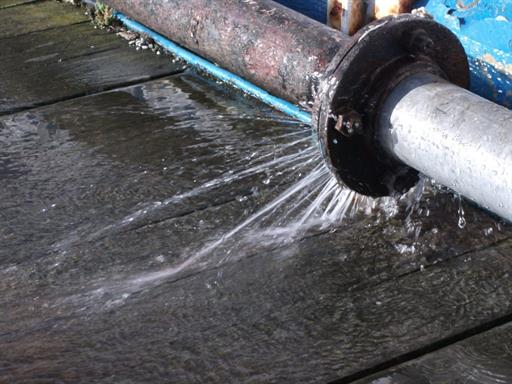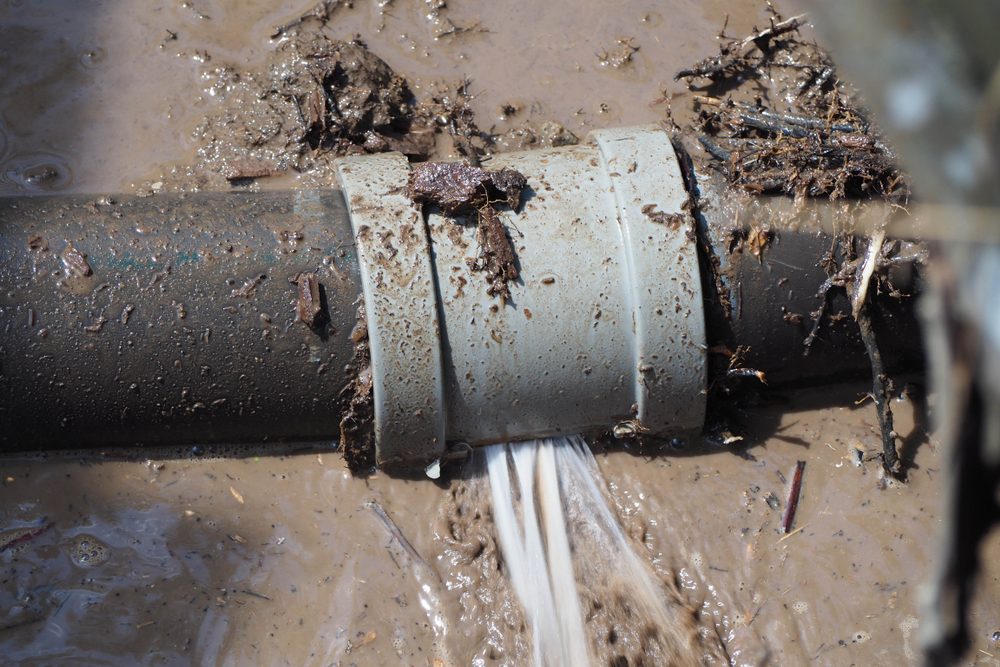Are you trying to locate help about What To Do And What Not To Do When Dealing With Water Damage?

What should you do if a water pipe ruptureds in your residence, creating a mini-waterfall and also swamping a location of your residence? The longer you wait, the much more extreme the water damages in your property. For these factors, you need to learn what to in case of a burst water pipe.
Turn off the Key Waterline Valve
The first thing you have to do is close the shut-off valve. Search for the local shut-off valve to turn-off water in one details location just. You have to turn-off the major waterline shutoff if you don't know where the local shut-off shutoff to the fixture is. This will remove the water in your whole house. Generally, the major valve is found outside the residence alongside the water meter. If it's not there, you can additionally discover it in the basement at an eye-level or maybe in the first floor on the ground. Typically, builders yet the shut-off valve in the main ground degree restroom or right next to it.
Call Water Damages Restoration Pros for Aid
After closing the water resource, call the pros for aid. With their expert help, you can alleviate worsening due to the fact that water can seep with your points resulting in deformed walls, loose ceramic tiles, or damages framework.
Record the Damages For Insurance
As you are waiting for the pros to show up, document the damage triggered by the wayward pipeline. Staying positive with this enables you to file an insurance claim for protection, which will help you and your family obtain back on your feet.
Recover Points That Can Be Conserved
Read the products as well as take out the most essential ones from the stack as soon as you're done taking images. Dry them off and also attempt to maintain as high as you can. Drag them far from wetness so they can begin to dry.
Begin the Drying Process
Finally, while waiting for the pros, you can start the drying out process. Luckily, water from your waterlines are clean so you don't have to worry about sewage system water. Nevertheless, the streaming water may have interrupted the dirt and particles in your carpetings as well as floorboards. So be prepared with handwear covers as you use pails to discard out the water. Blot out as a lot as you can with old towels. You can also turn on an electrical follower or open home windows to advertise air flow. This will certainly speed up drying and also hinder mold and also mildew development.
Professionals are the just one qualified to take care of the burs pipes as well as succeeding damage. As well as remember, pipelines do not just suddenly ruptured. You will usually see red flags like bubbling paint, strange noises in the plumbing, mildewy odor, caving ceiling, peeling wallpaper, or water discolorations. Focus on these points, so you can nip any problems in the bud.
What should you do if a water pipe ruptureds in your house, creating a mini-waterfall and flooding an area of your residence? For these reasons, you need to learn what to in situation of a burst water pipeline. After shutting the water source, call the pros for assistance. With their specialist help, you can minimize worsening because water can seep with your things resulting in warped baseboards, loosened tiles, or damage framework. The good news is, water from your waterlines are tidy so you do not have to stress about sewer water.
BROKEN WATER PIPES: COST TO REPLACE & WAYS TO FIX A PIPE
CAUSES OF A BROKEN WATER PIPE
A water pipe can break for several reasons depending on the environment you live in, type of pipe, and circumstances.
The most common cause of broken pipes is freezing. If you live in a colder climate, this could happen. When water freezes it increases in volume by 9% and the pressure in the pipes can go from 40 psi to 40,000 psi. Clearly, this could be detrimental to the pipes. Water freezing causes quick expansion, which puts stress on the pipes and could lead them to crack or weaken. When water thaws, it will leak out the cracks. Other changes in water pressure can also cause breakage. Another common cause of broken water pipes is age.
Depending on the material, water pipes can last anywhere from 70-100 years. But the older they get, the more susceptible they are to weakening and corroding. Older pipes coming into contact with another material could speed up the corrosion process as well. PVC pipes can become brittle with age, while copper is prone to corrosion and stress over time. Something that could also potentially break water pipes is when they move. They may move from construction or the house settling. Moving can stress the fixed pipe which may lead to a leak or burst pipe.
HOW MUCH WATER COULD LEAK INTO YOUR HOUSE FROM A BROKEN PIPE?
The amount of water that leaks depend on how big the break in a pipe is. If it is just a minor crack, water will slowly leak out. This isn t as serious as a full broken pipe, but it can still cause significant damage to your home. Burst pipes can leak up to 10 gallons of water per minute. The amount of water leaked also depends on what appliance is involved. The water line to your refrigerator can leak to 1 gallon per minute depending on water pressure. One toilet supply line may leak 2-3 gallons a minute and a washing machine hose will leak up to 10-12 gallons per minute.
TURN THE WATER OFF
Doing this first is imperative; everything else can wait. You need to deactivate the water supply to stop the flow of water and prevent more water from leaking into your home. Shutting off the water could potentially save you thousands in water damage repairs. Locating the water shutoff valve depends on the climate you live in. For colder climates, the valves are usually inside, such as in the basement. For houses in milder weather, the shutoff valves will probably be outside either attached to an exterior wall or in an underground box with a removable lid.
OPEN A FAUCET
The next thing to do is to open a faucet or turn on a sink. This will relieve any remaining water pressure in the pipes and ensure a full-shut down.
GET RID OF THE WATER
The quicker you get rid of the water, the less water damage and mold there could be. Use a mop and a shop vacuum to help get clean up the water. Use towels to dry everything the best you can.
CUT AND REMOVE THE DAMAGED PIPE
Once you have shut off the water and drained the damaged water pipe, you can begin to fix the issue. Cut out the damaged section of the pipe with a pipe cutter, ensuring that you also cut one inch extra on each side of the damage. Once you get rid of the broken part of the pipe, you may begin repairs.
https://www.wmhendersoninc.com/blog/broken-water-pipes-cost-to-replace-ways-to-fix-a-pipe/

I am very taken with The Do s And Don ts After Water Damage and I really hope you appreciated the new blog posting. Are you aware of someone else who is looking into Water Damage: Tips On What To Do When Your House Is Flooded? Be sure promote it. Thanks for your time invested reading it.
Information